Thanks also to Jennifer Beeman, whose article "How to Match Plaids When You Sew", published by Sew Mama Sew, gave me confidence to do this and techniques that served me well! A RHAPSODY OF PLAID MATCHING I love plaid, and always admire when it's sewn well. I like it on the bias; I like it matching across seamlines; but I especially love it when it matches on curved seams like armscye/sleevecap. Check out these examples from the 2017 film Murder on the Orient Express... The designer really went all-out on that jacket she's wearing, huh? Two-part raglan over-sleeves, with undersleeves, with pointy tab things that cleverly incorporate bodice-shaping darts and side pockets, and put some of the plaid on the bias for contrast! The same character gets a plaid suit as well: So when I fall in love with an autumnal plaid at the Mill End Store, I buy it and pair it with a very simple blazer pattern, so I can to try my hand at plaid matching.
PREP WORK
CUTTING I unfold the fabric and lay the pattern on the single layer. I line up the red horizontal strip with the balance line I drew on the pattern pieces. Since it's a balanced plaid, I can turn one sleeve upside-down, which saves a little space. Overall, a pretty efficient use of fabric! Despite my best efforts, I don't get the front two panels exactly the same. When I pin them to each other and match the plaid lines (with lots of pins), I find a discrepancy of a half to a quarter inch. Thankfully, that discrepancy is not inside the armscye area, where it would mess up the sleeve-fitting. The discrepancy occurs near the bottom of the pieces, where the fabric drifted askew from the balance line. Next time maybe I should make horizontal and vertical balance lines... Anyway, I trim the excess away, figuring that, with a loose-fitting jacket like this, a fraction of an inch won't matter much, and my priority is for the panels to be exactly the same, to make the jacket look really good. I use crewel embroidery thread for tailor's tacks, to mark important points like darts and such. There is a dart in the front panel, from armscye down over the bust-point and ending inside the hip area. The pocket is sewn overtop the dart's terminus.
CONSTRUCTIONMake the patch pockets:
Construction Note You can see that I've top-stitched the pockets before attaching them to the jacket. This is something I saw on one of the men's sewing blogs I read, either Male Pattern Boldness or Mainely Dad. The usual method is to use the top-stitching to attach the pocket to the jacket front, all in one step. But when you do that, the edge of the pocket sticks up as a little flap all the way around and it's not elegant. Top-stitching the pocket first gives you control over how the top-stitching looks, because you're not maneuvering a whole jacket-front around. Then hand-stitch the pocket to the jacket around its very edge, with stitching invisible from the outside of the garment. There are no flaps, and the pocket is a little roomier. Plus, two steps rather than one makes pattern-matching easier because layers aren't shifting and sliding. A more elegant method, if slower.
TIME TO MAKE? Three nights of work. Three solid nights... the kind where you stay up 'til three a.m. because you're absorbed and having fun.
1 Comment
The Sister
1/15/2019 09:08:58 am
And here it is! I love the colors on you! They're very autumnal and warm; make me want some hot chocolate. It looks good, and I enjoy reading all the details as you learn and experiment.
Reply
Leave a Reply. |
Karen Roy
Quilting, dressmaking, and history plied with the needle... Sites I EnjoyThe Quilt Index Categories
All
Archives
March 2024
|
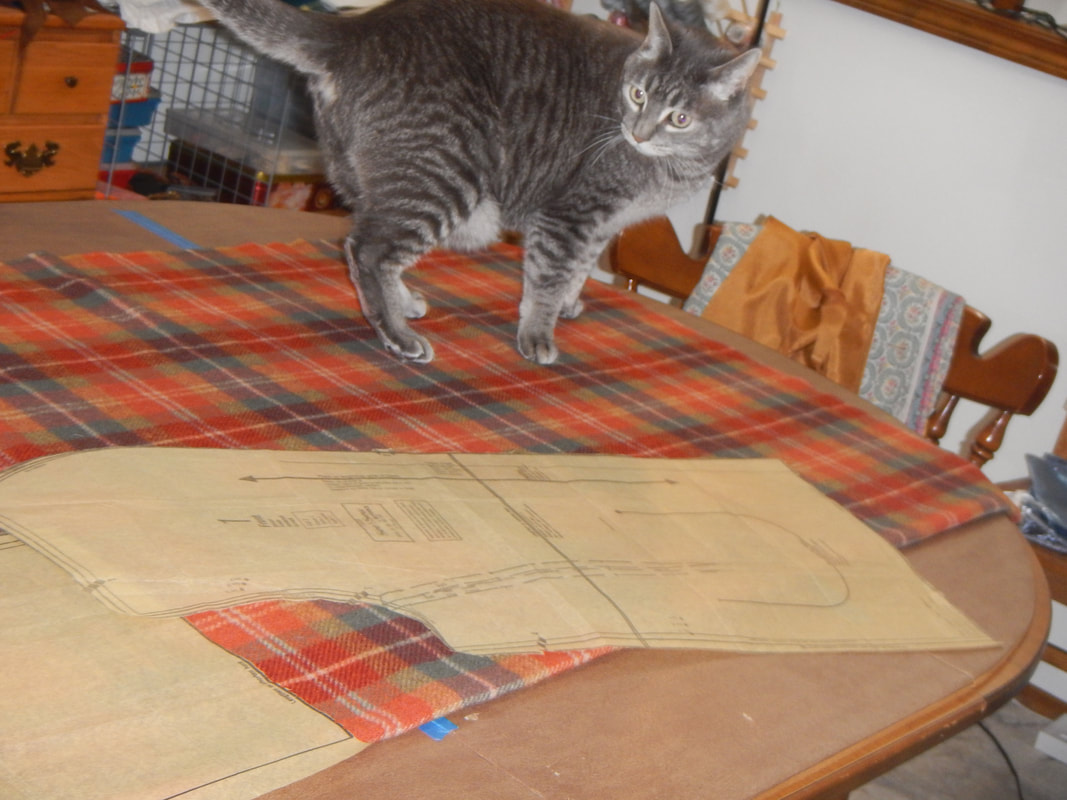
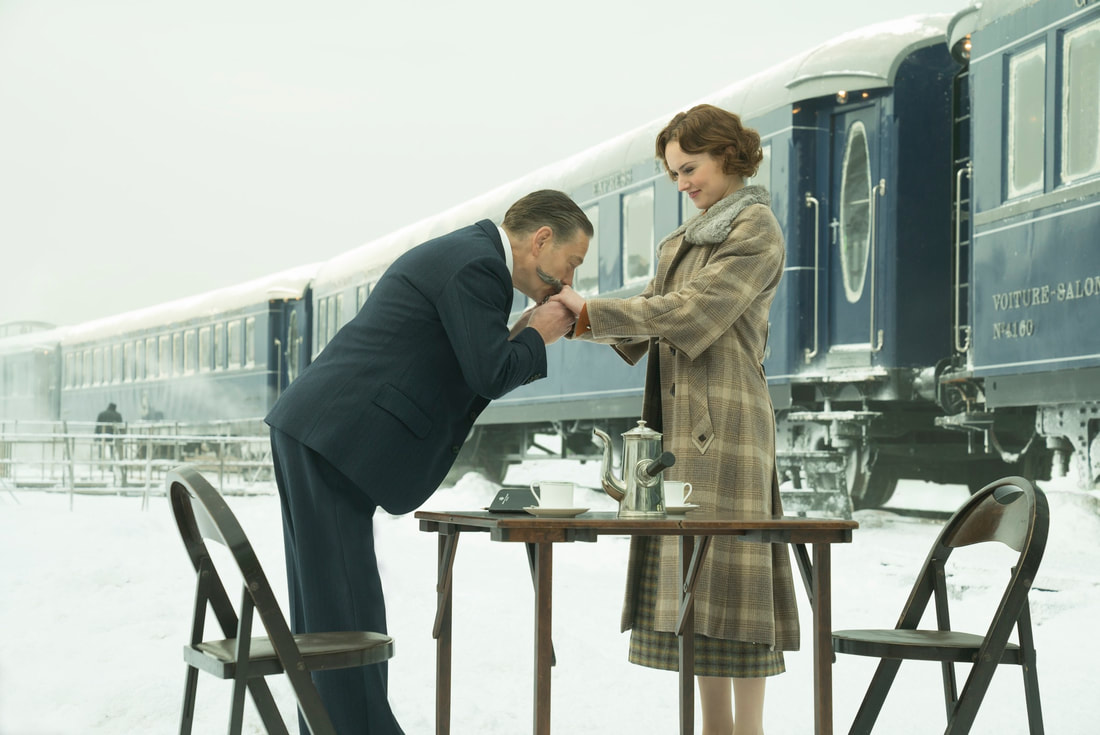
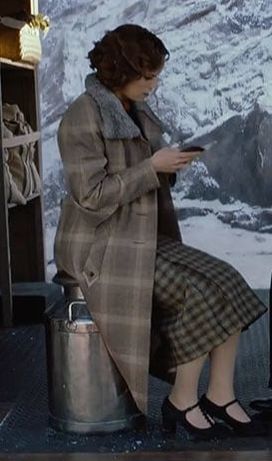
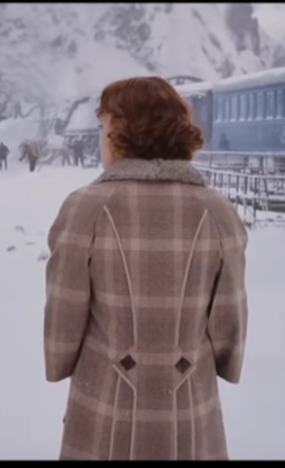
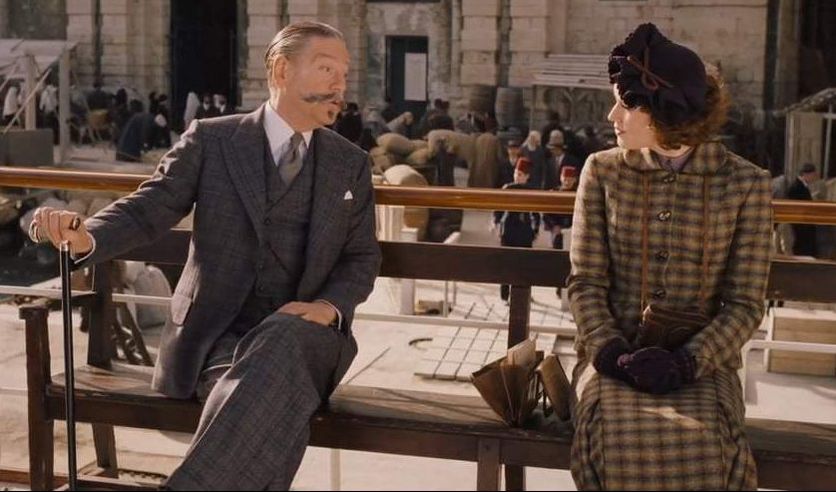
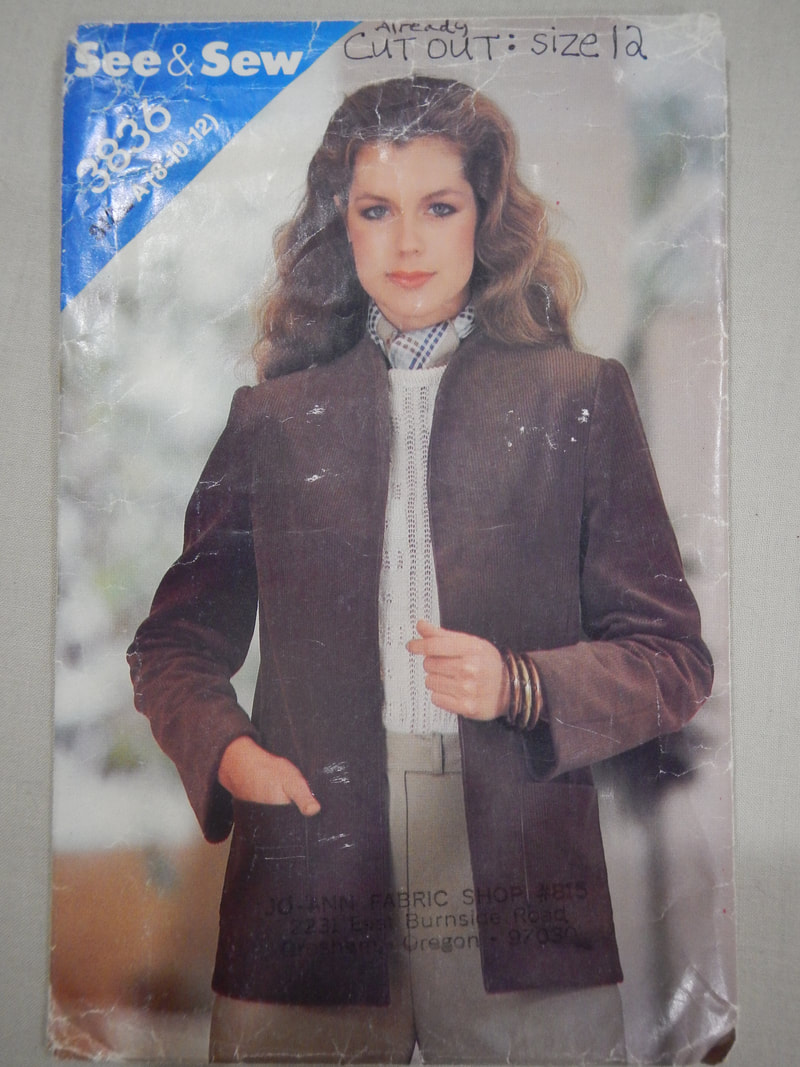
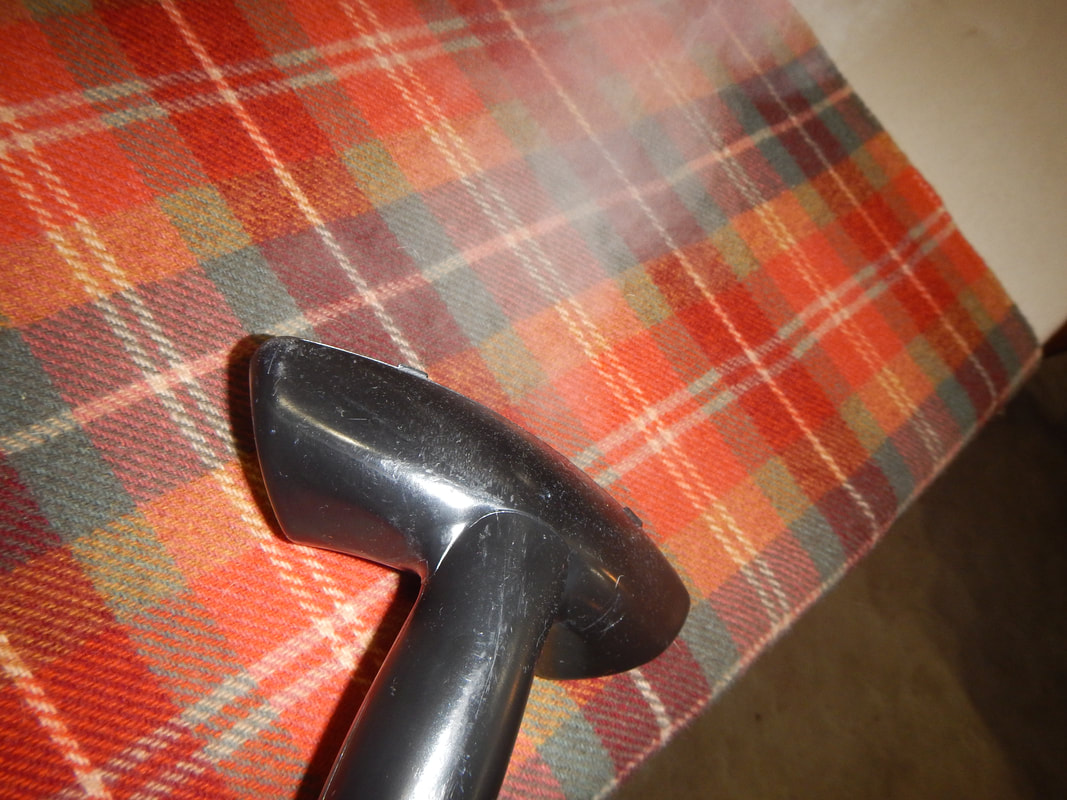
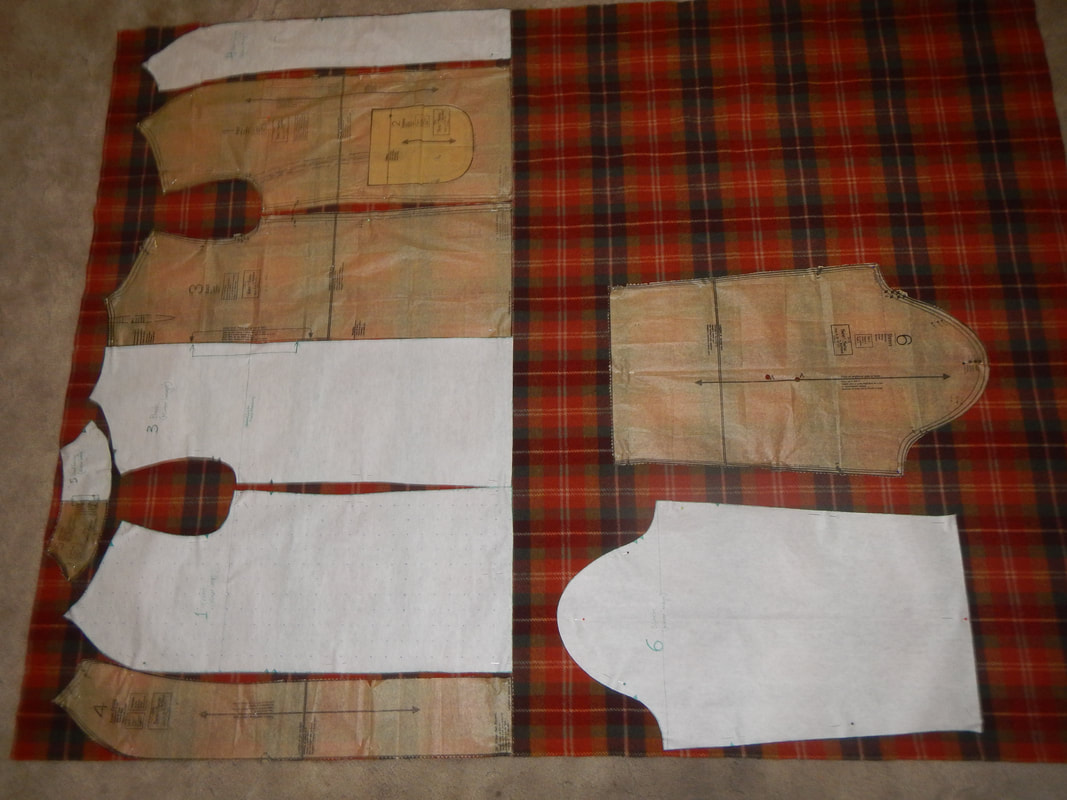
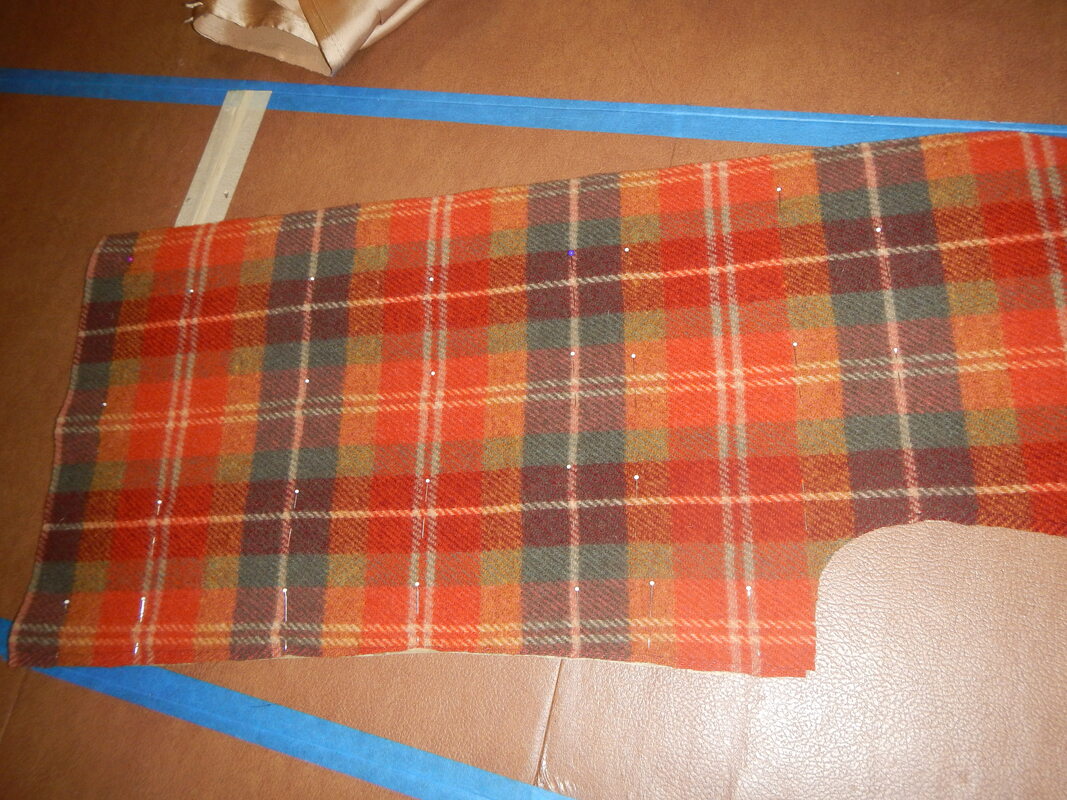
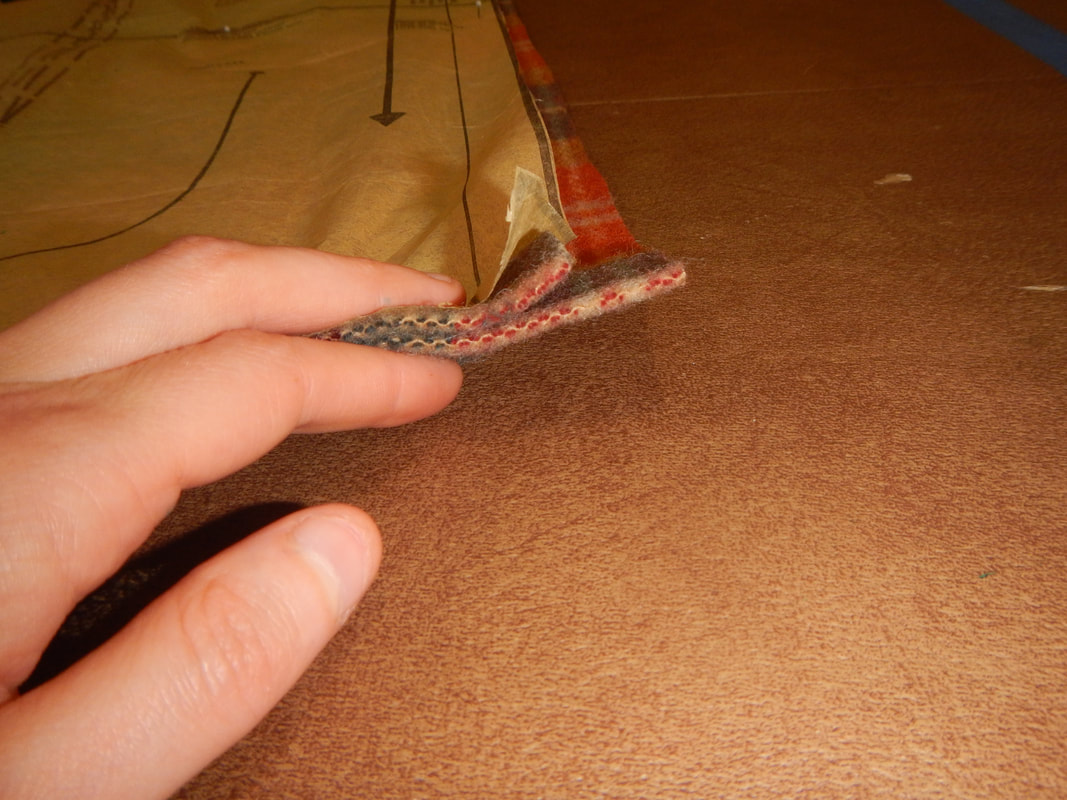
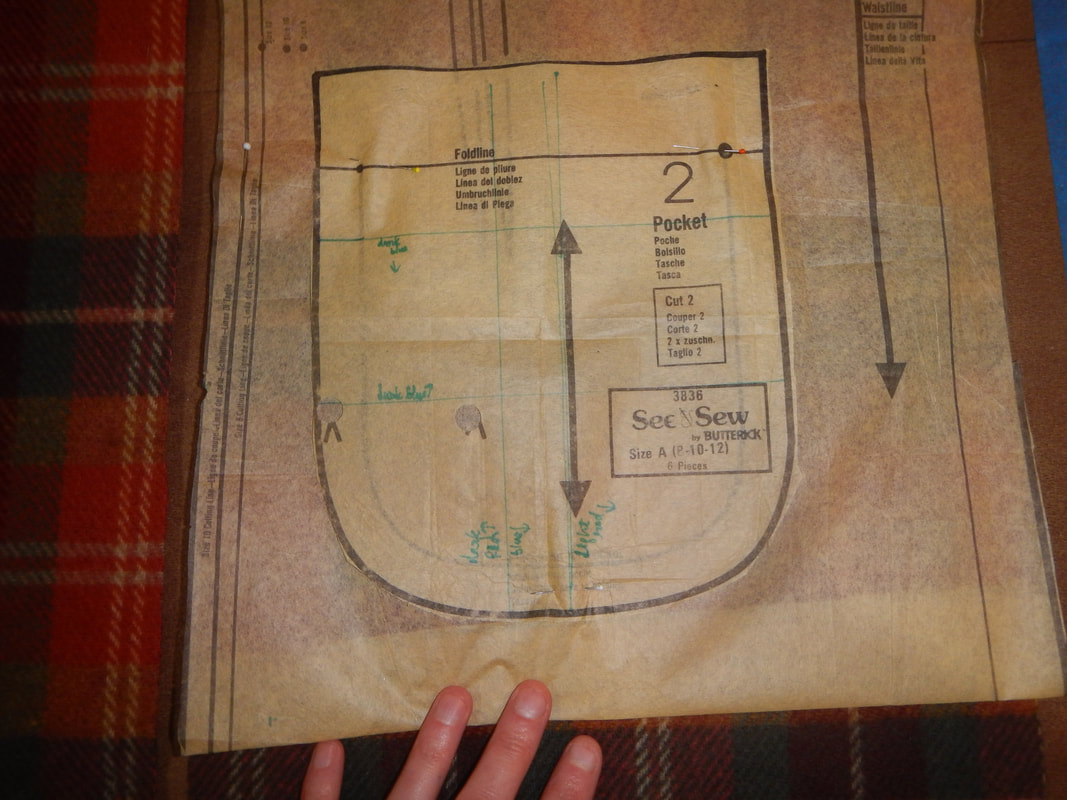
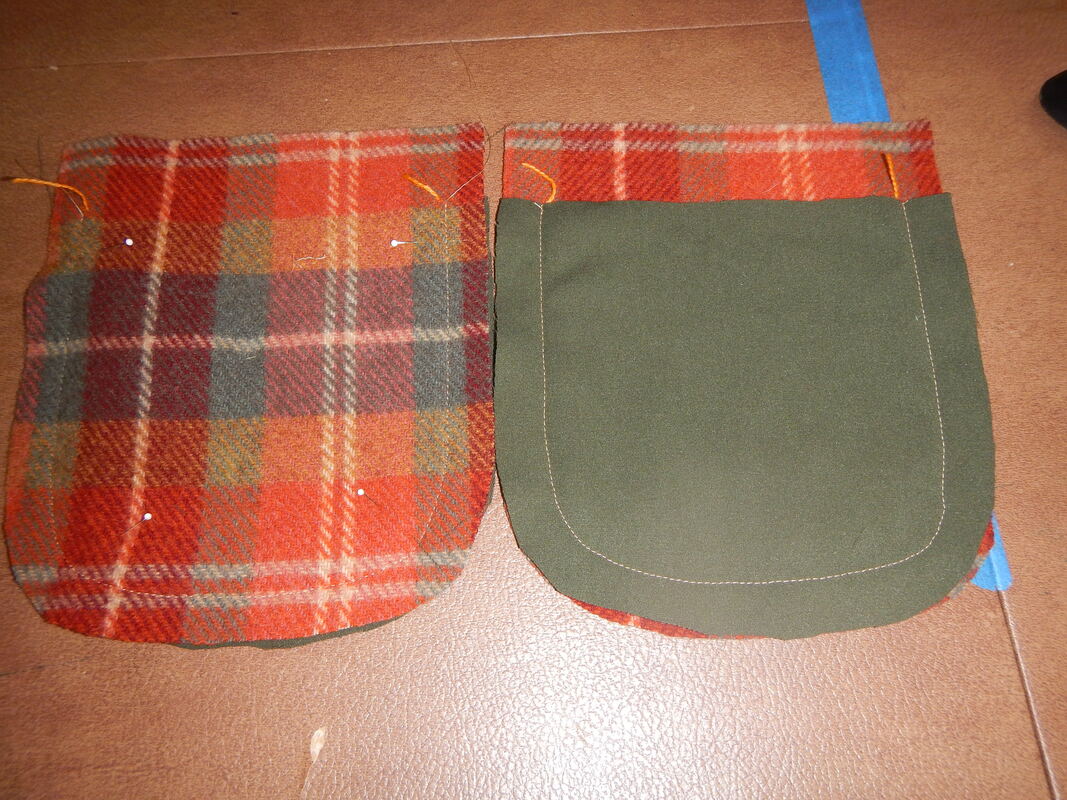

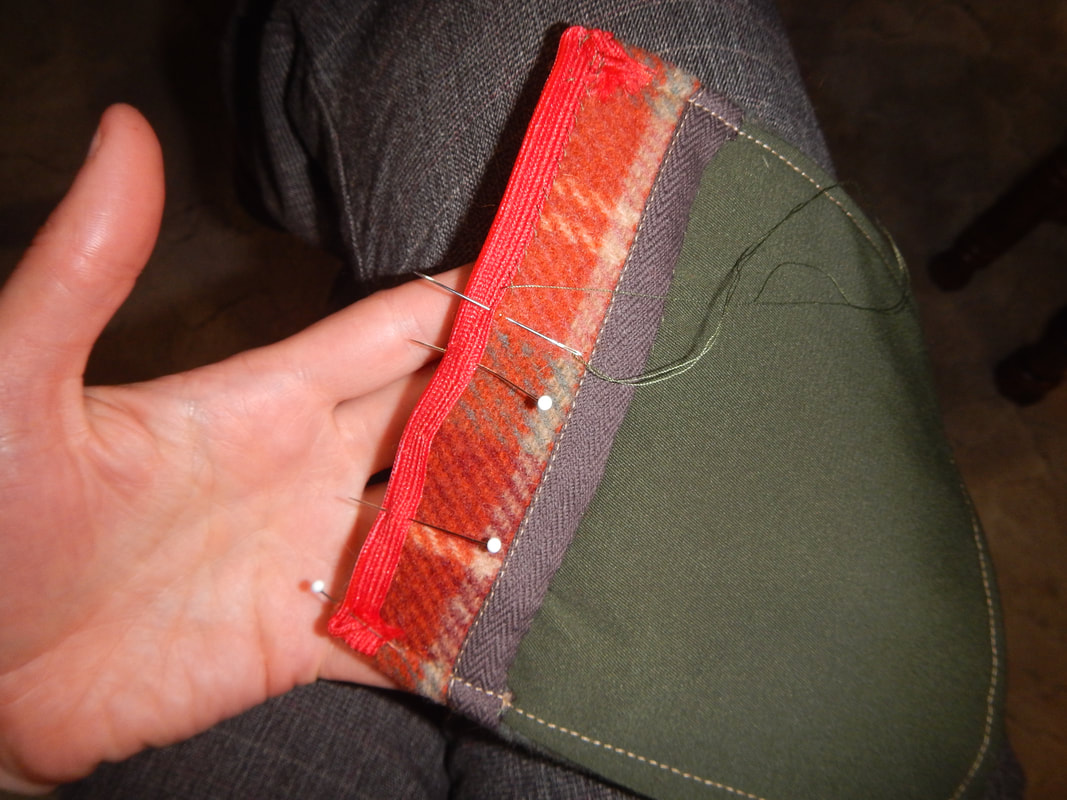
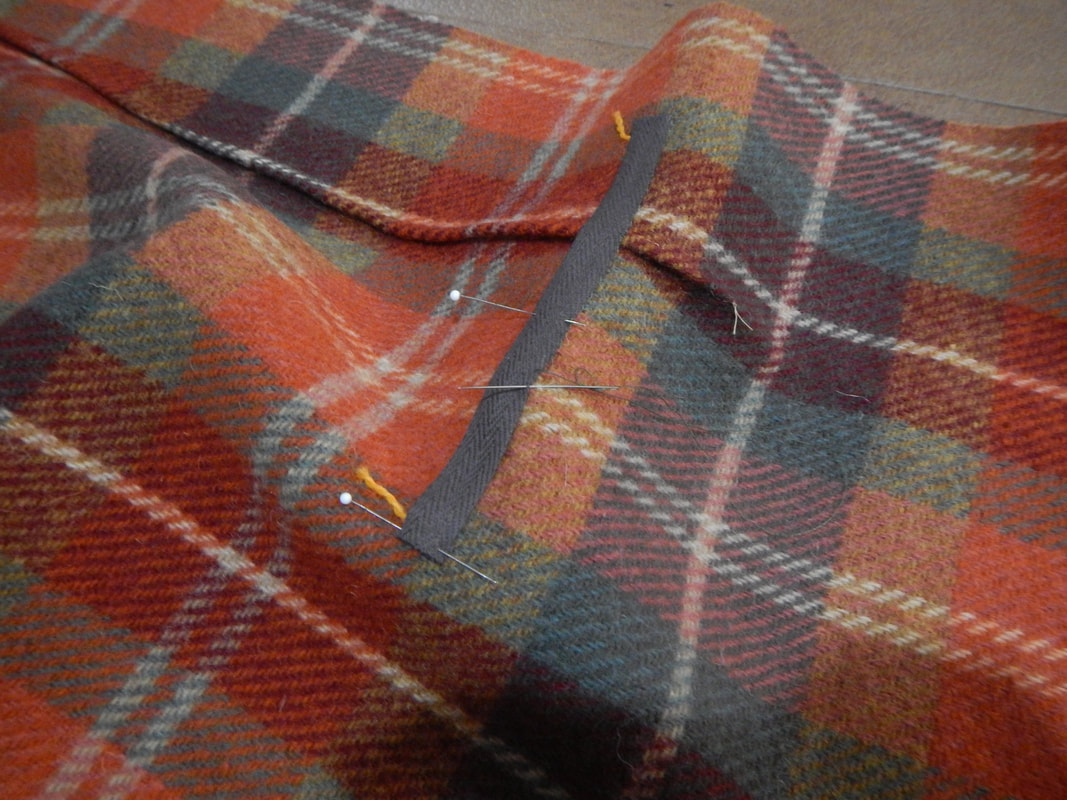
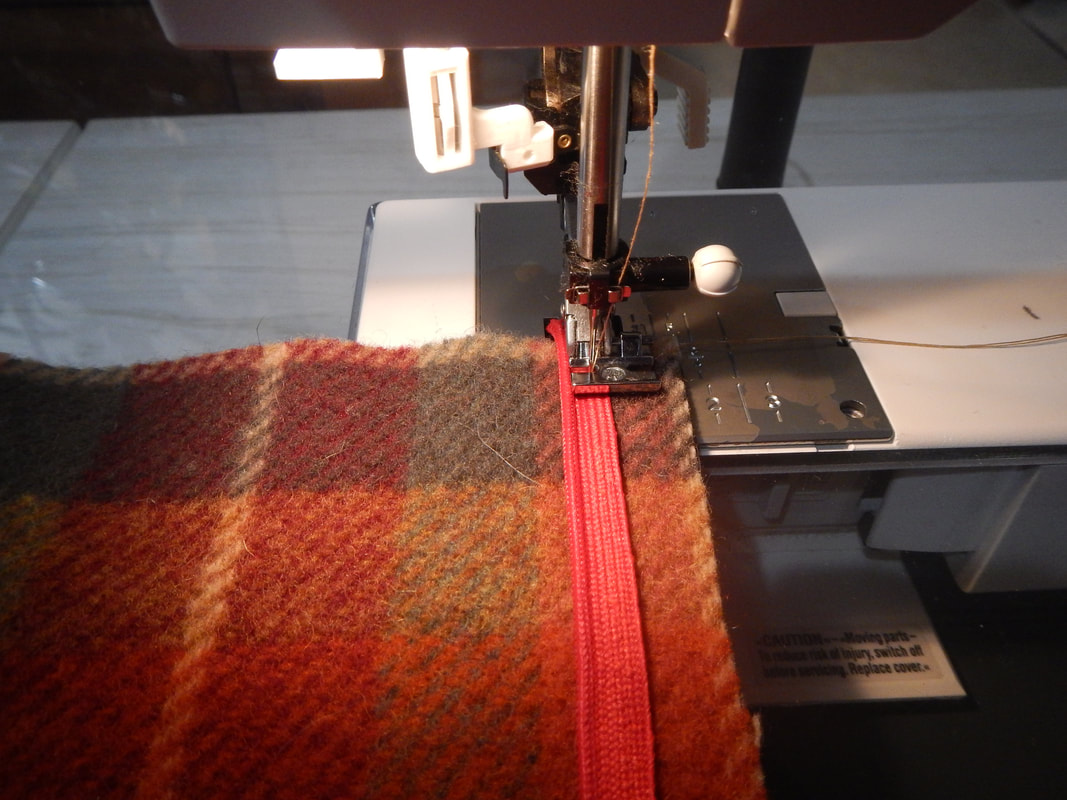
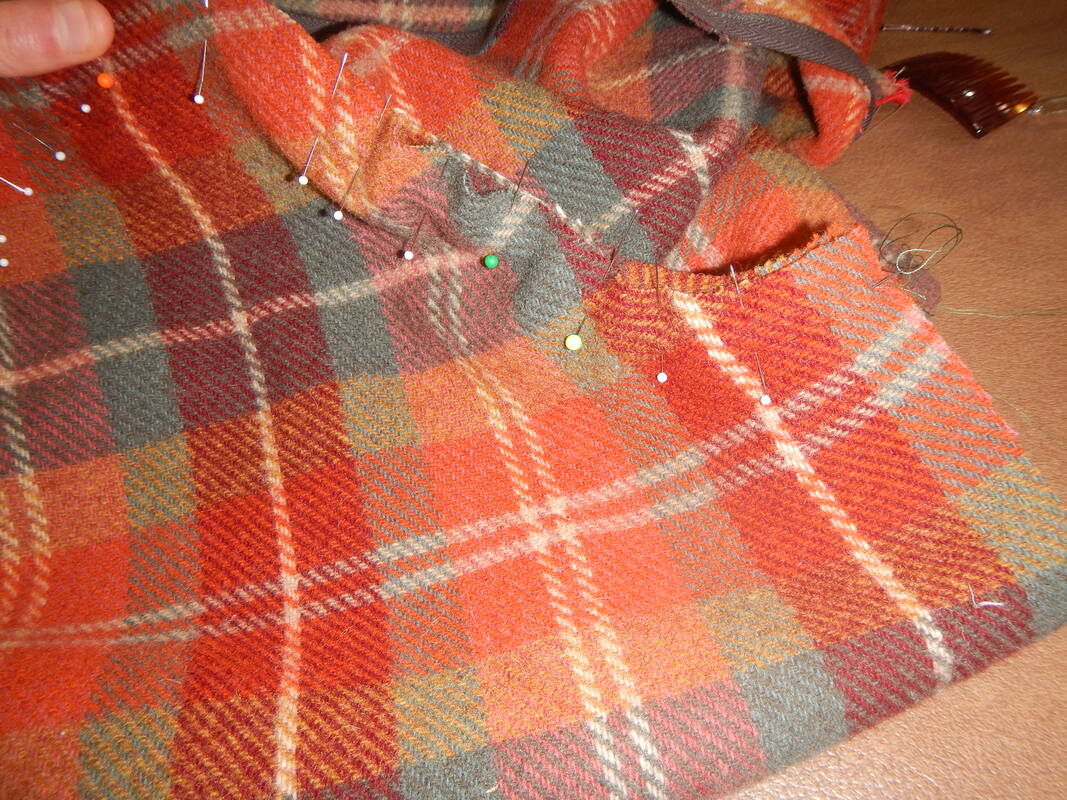
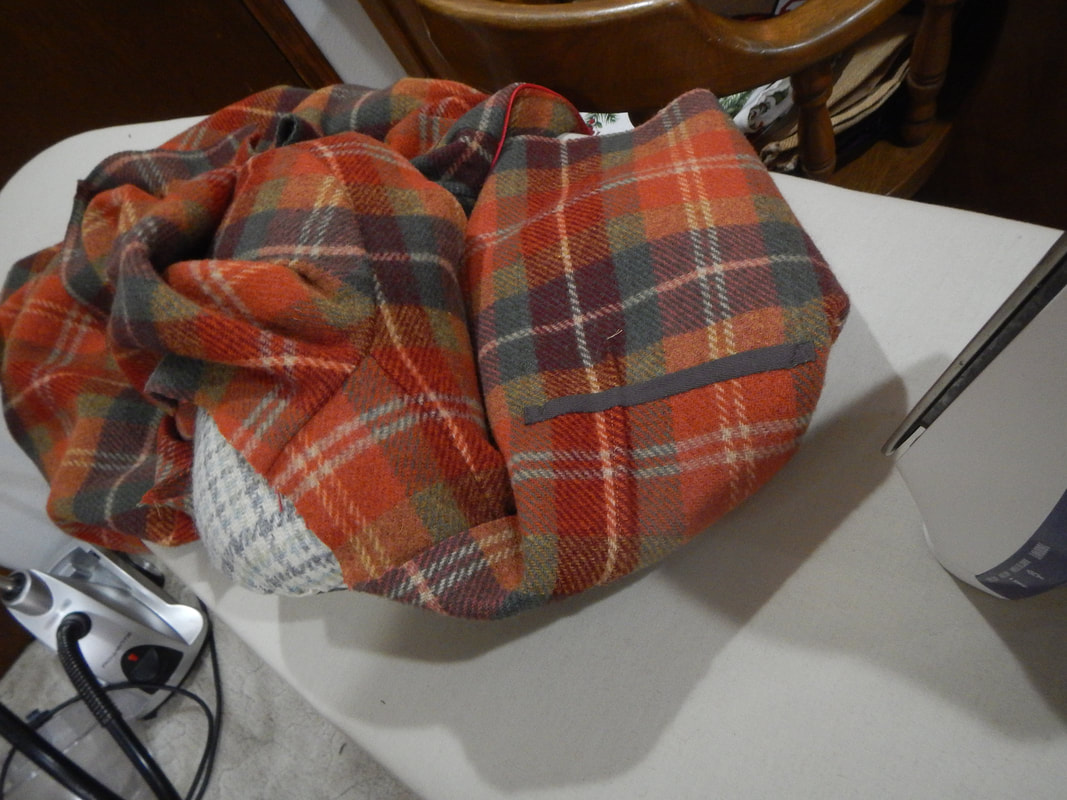
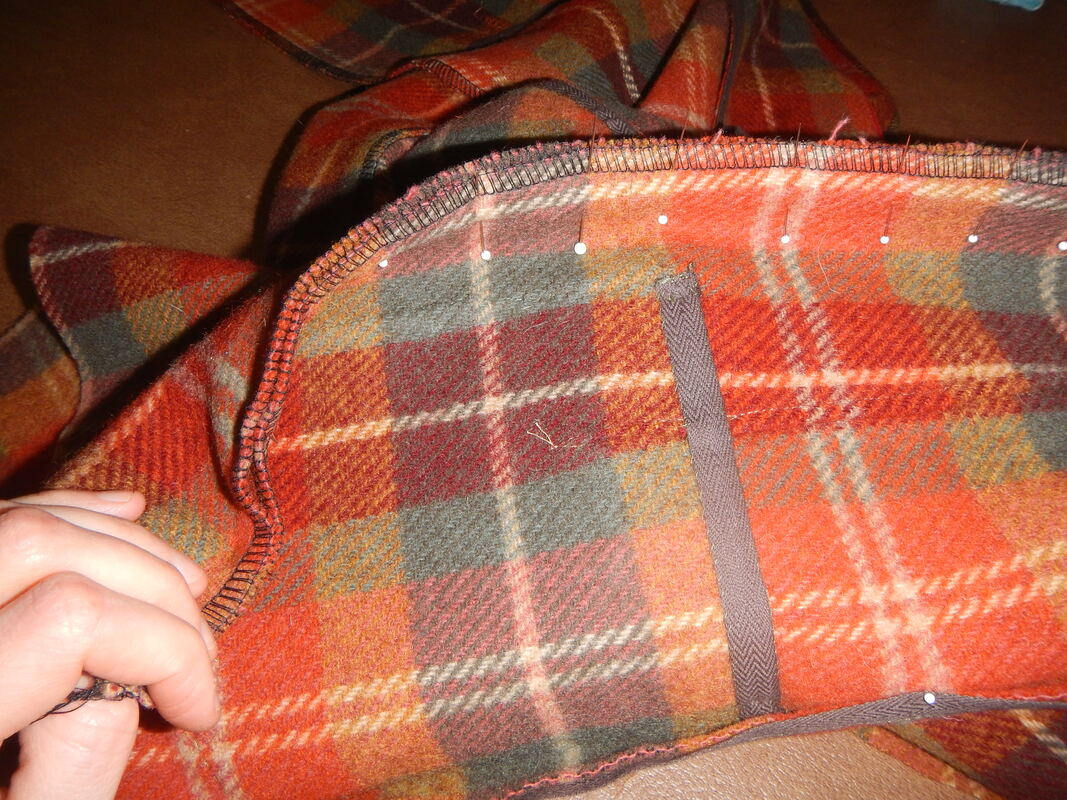
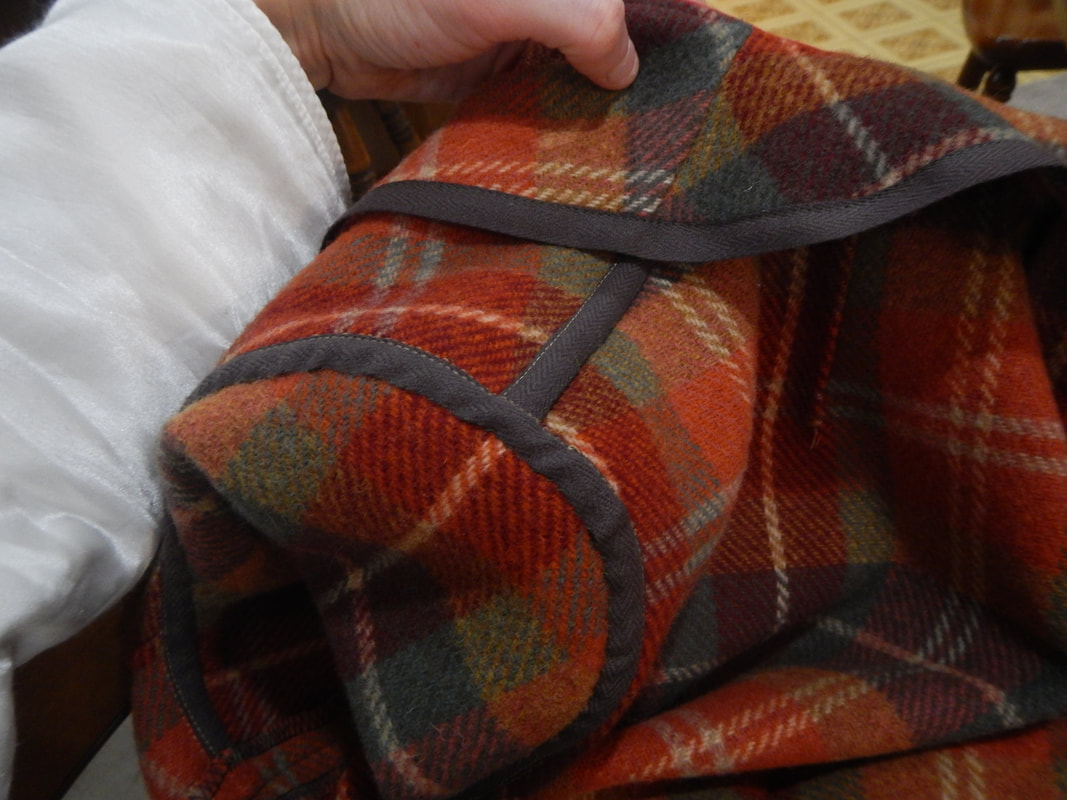
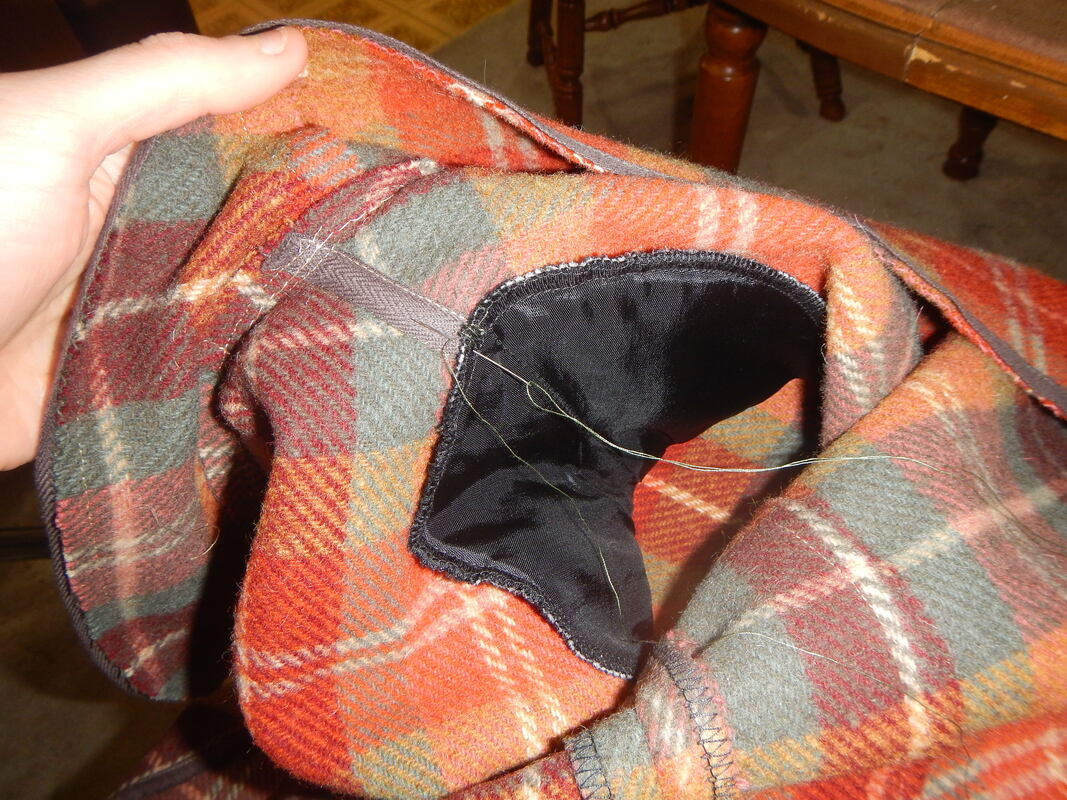
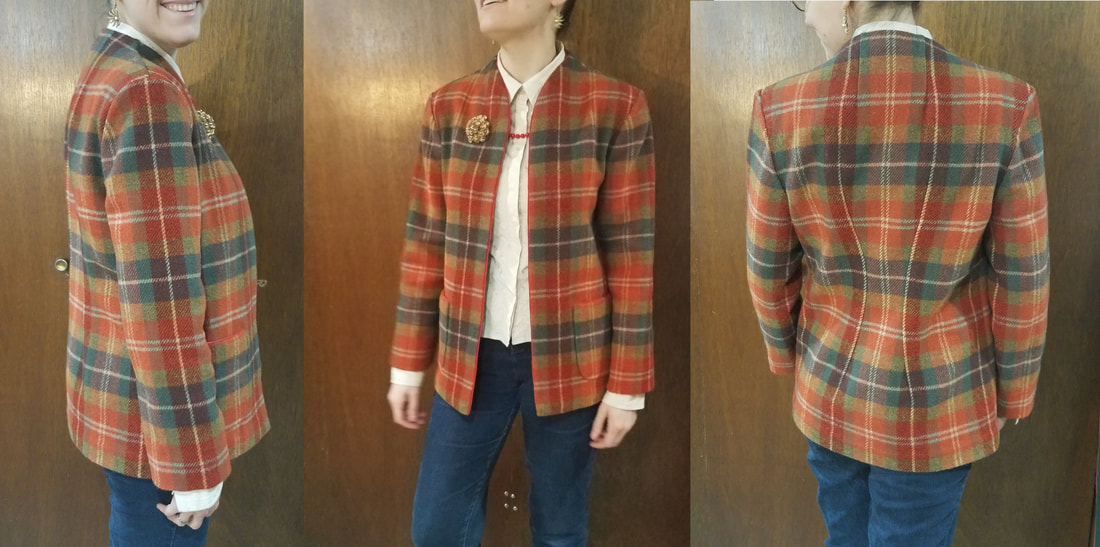
 RSS Feed
RSS Feed